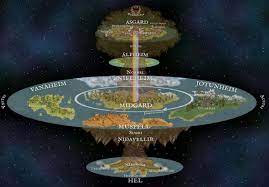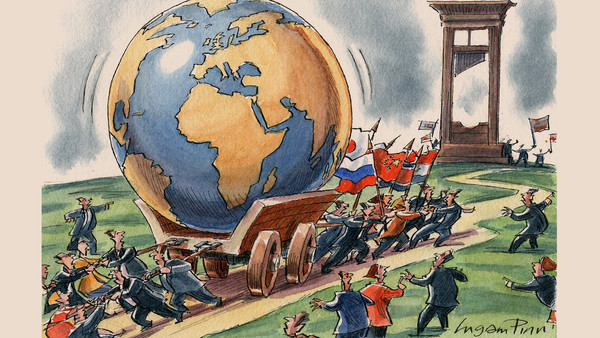The Nine Worlds were significant concepts in Norse mythology, representing the interconnectedness of the universe and the idea that all things were interconnected and interdependent.
According to mythology, the Nine Worlds were:
Asgard: The home of the gods.
Midgard: The world of humans.
Alfheim: The world of the light elves.
Jotunheim: The world of the giants.
Vnaheim: The world of the Vanir gods.
Niflheim: The world of ice and mist.
Muspelheim: The world of fire and heat.
Helheim: The world of the dead.
Svartalfheim: The world of the dark elves.
The significance of the Nine Worlds in Norse mythology lies in their representation of the interconnectedness of the universe and the idea that all things were connected and dependent on one another. The Norse people believed that the gods, humans, and all other beings were part of a larger cosmic order that was governed by the laws of nature.
The Nine Worlds can also be interpreted as a reflection of Norse society's attitudes towards the natural world and the interconnectedness of all living things. The Norse people lived in a harsh and unpredictable environment, and their survival depended on their ability to understand and work with the natural world.
Overall, the Nine Worlds were significant concepts in Norse mythology, representing the interconnectedness of the universe and the importance of understanding and respecting the natural world.
Works Cited:
Guerber, H. A. Myths of the Norsemen: From the Eddas and Sagas. Barnes Noble, 2006.








